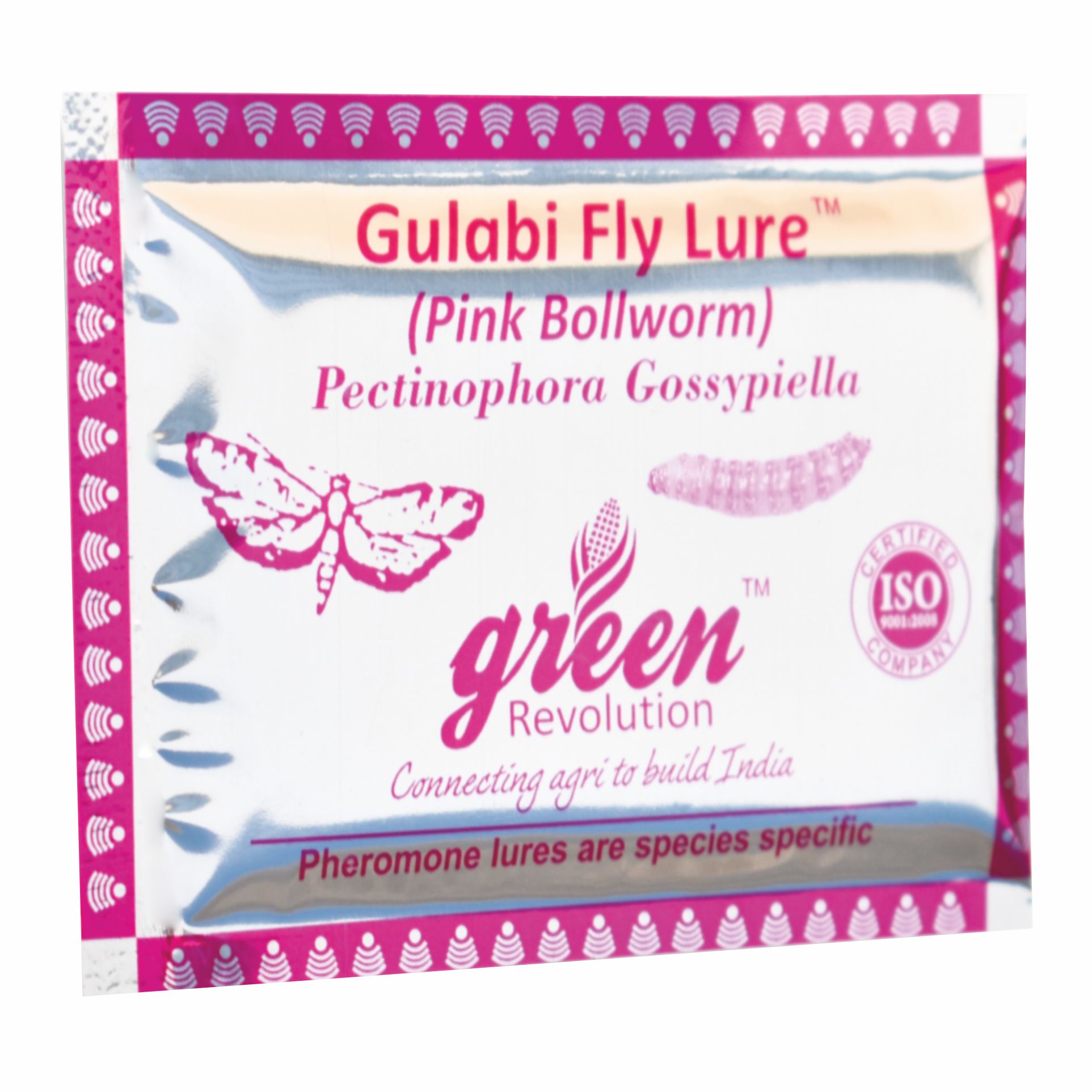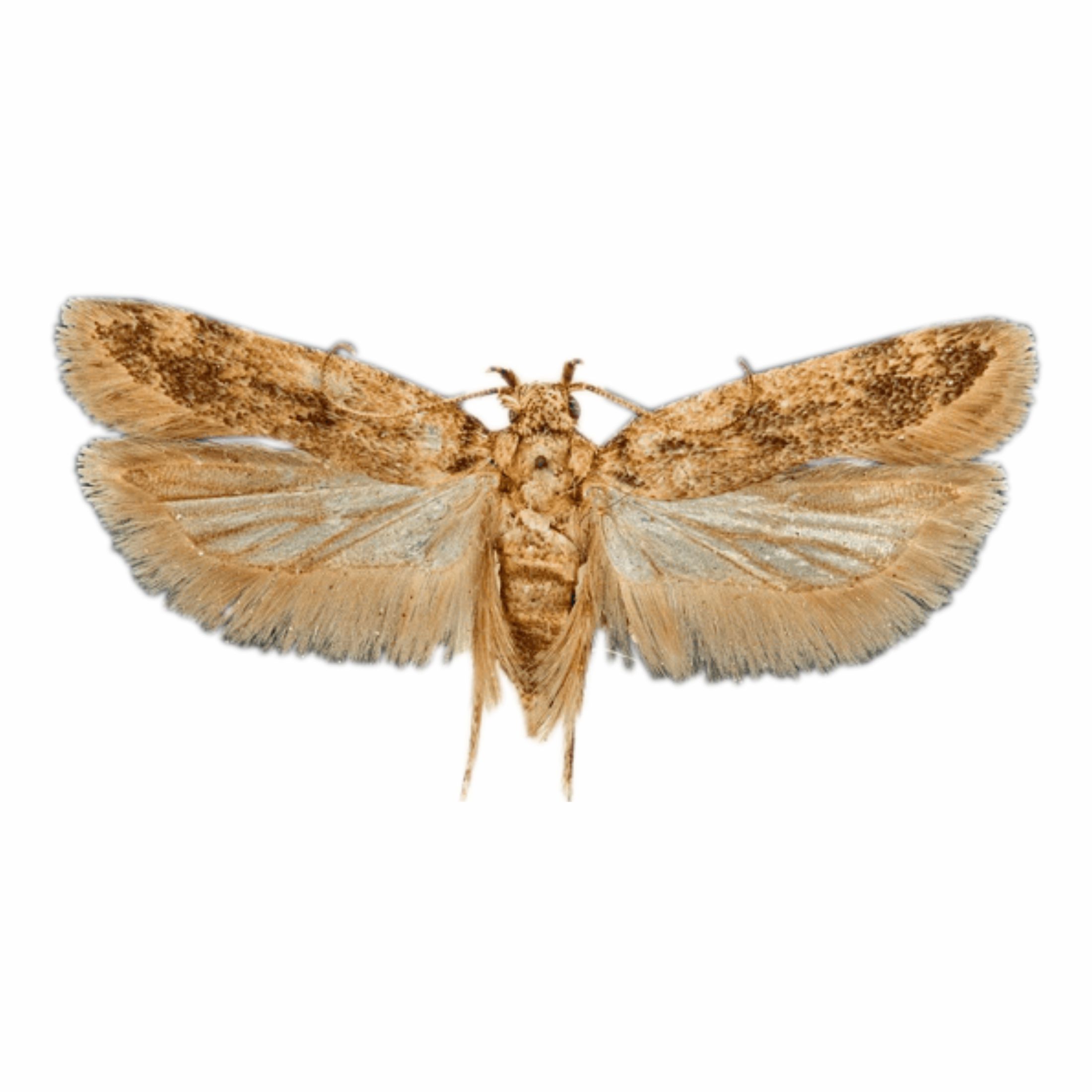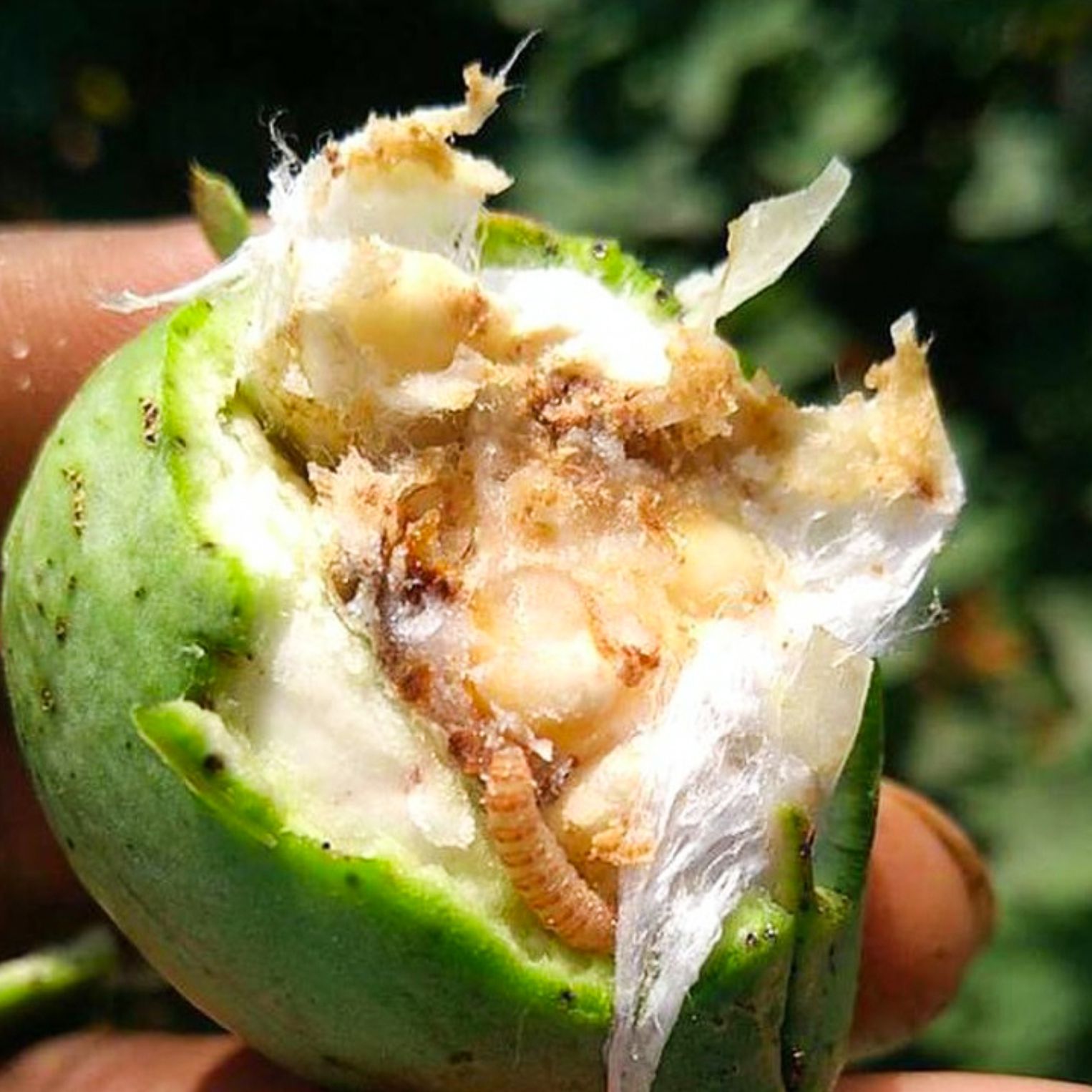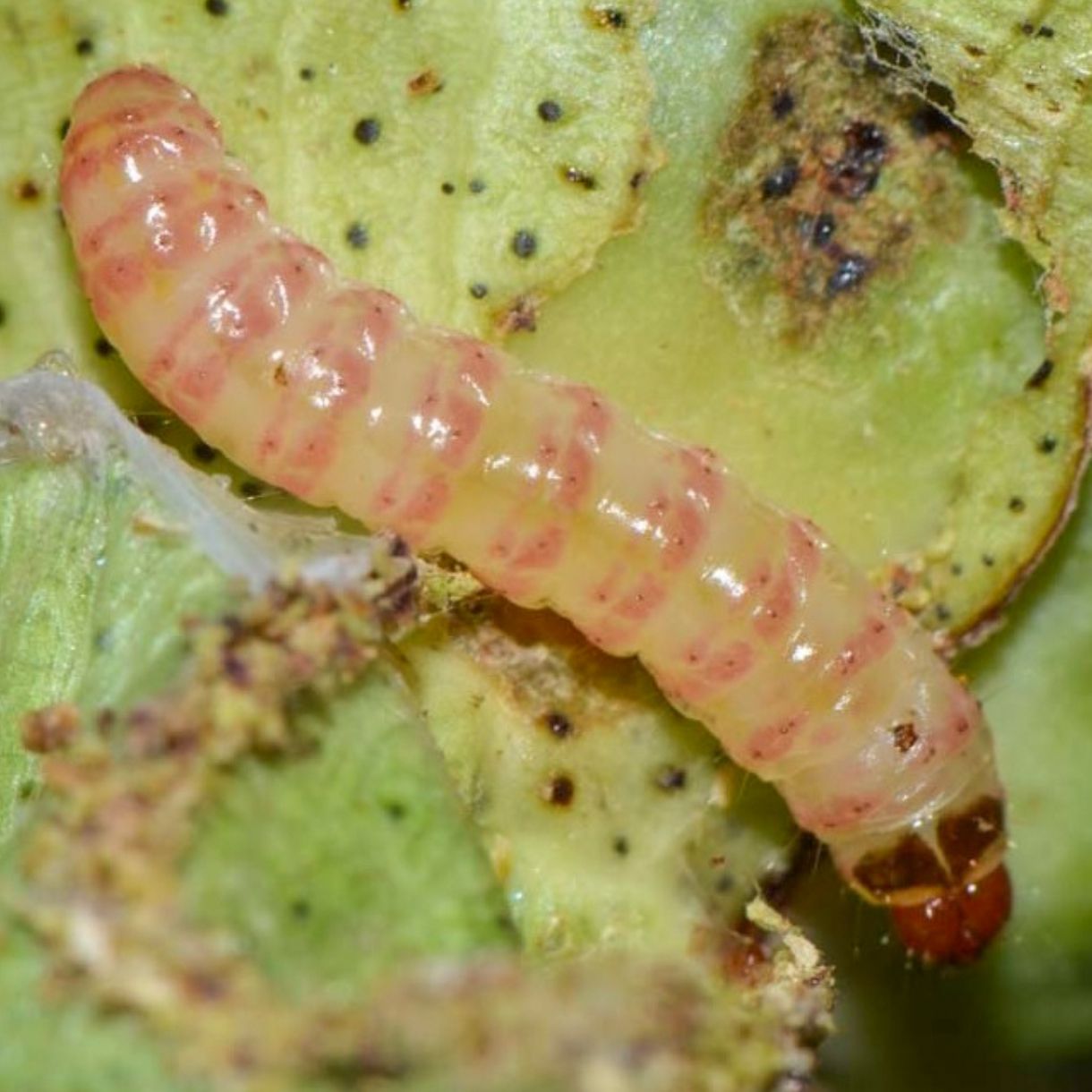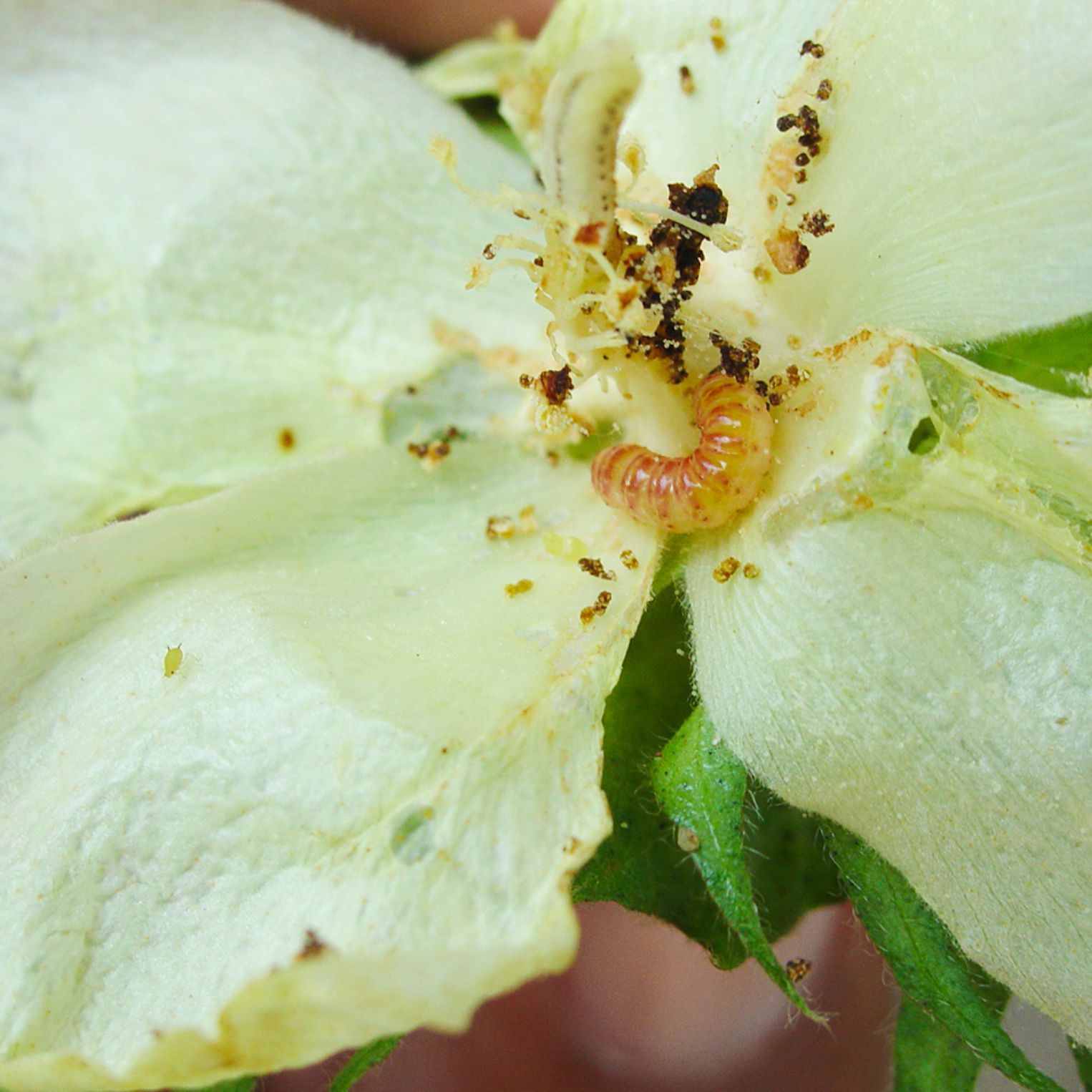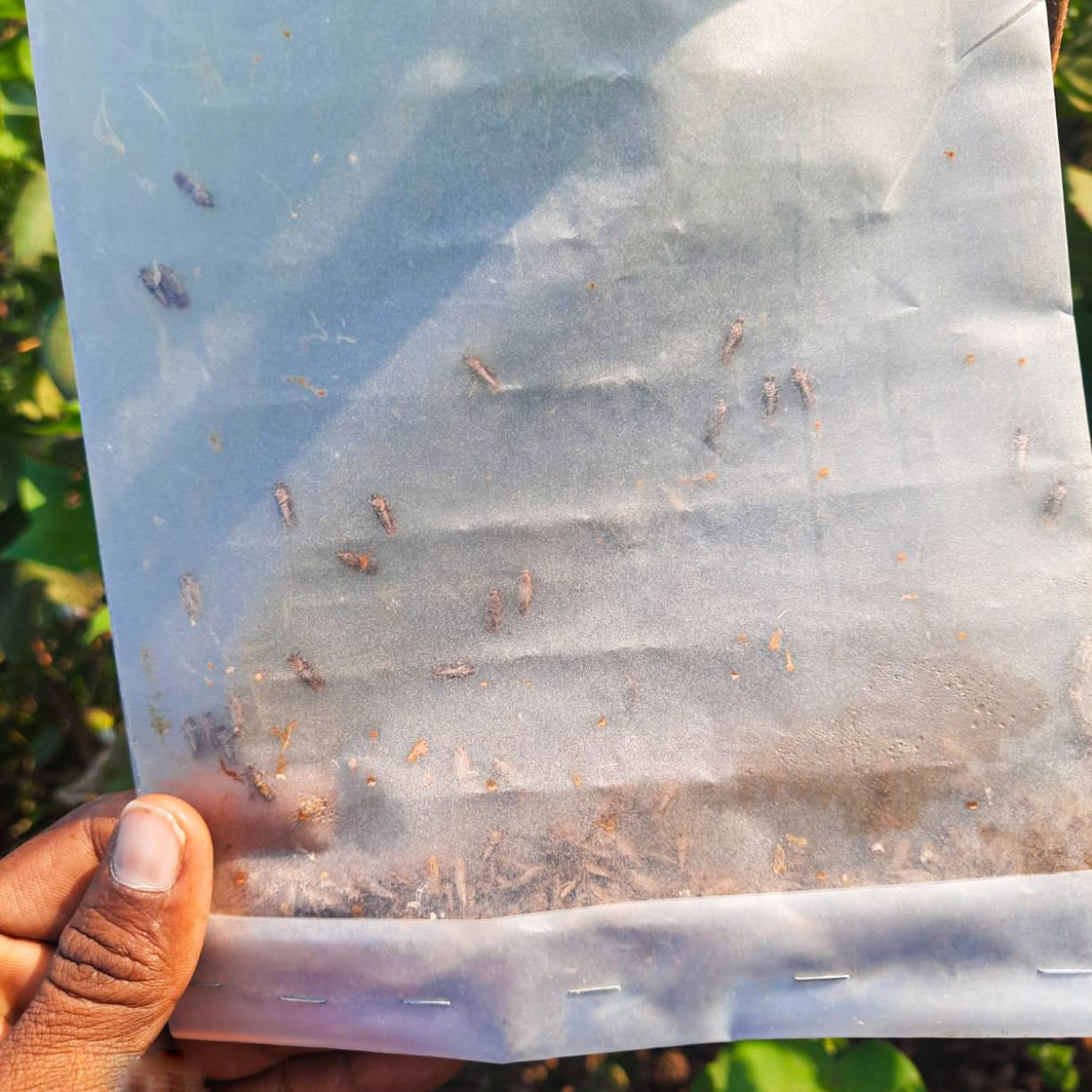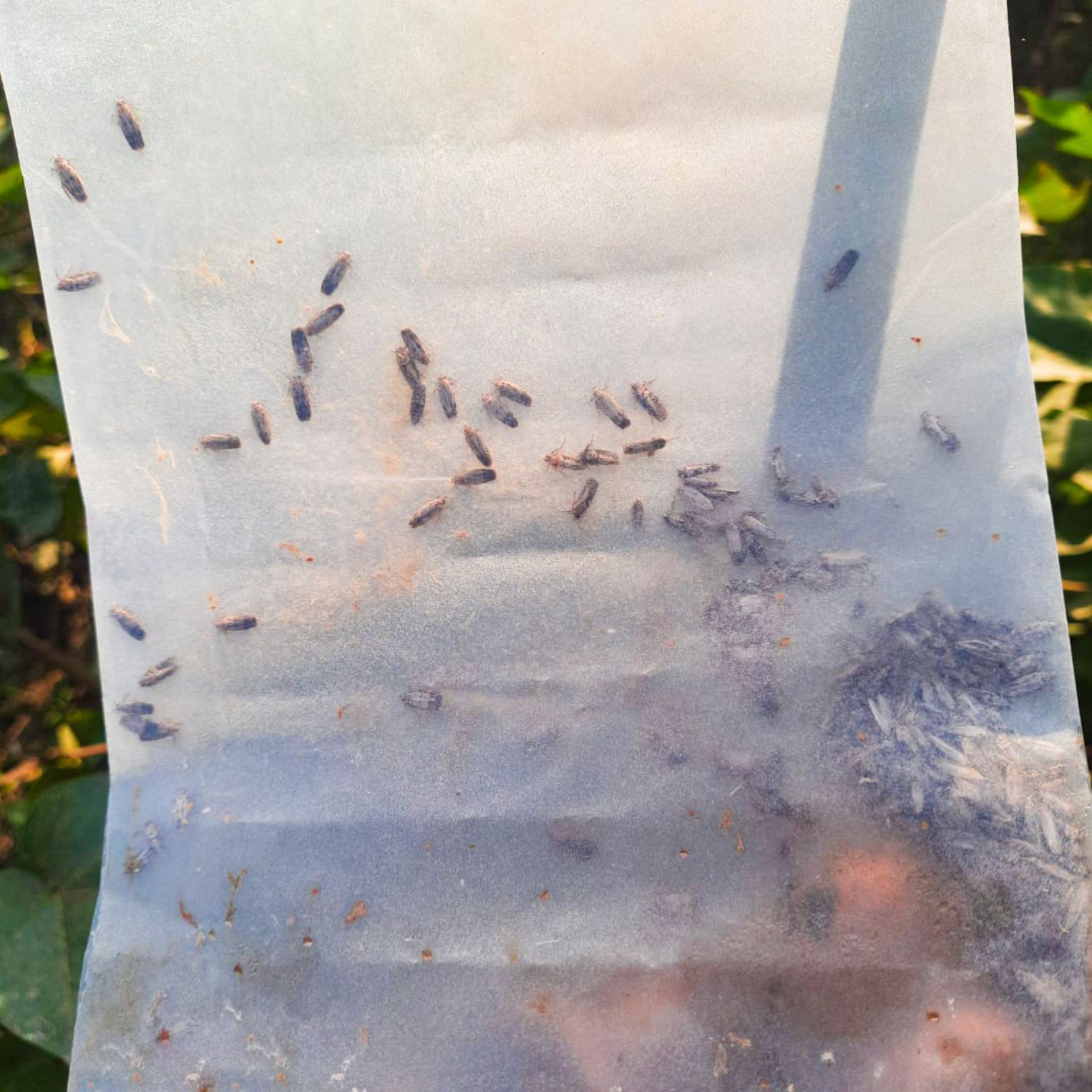Gulabi Fly Lure Pink bollworm - Pack of 10
Gulabi Fly Lure used to control Pink bollworm in cotton and Okra. It is must be used with Funnel Trap for better control.
₹ 204.00
₹ 300.00
You save (32%)
Excl. GST
Product Detail and Specifications
The Pink bollworm (Pectinophora gossypiella) is an insect known for being a pest in cotton farming. The adult is a small, thin, gray moth with fringed wings. The larva is a dull white caterpillar with eight pairs of legs with conspicuous pink banding along its dorsum. The larva reaches one-half inch in length.
Attracting Insect Species: Pink Bollworm (Pectinophora gossypiella)
Used in Crop: Cotton, Okra
Suitable Trap: Funnel Trap
Damages:
The infestation of flower buds causes shedding of buds. Flower infestation leads to the formation of a rosette flower. Also reduction of lint development, destruction of seed and weakened lint. Infested bolls open prematurely exposing the saprophytic fungi to grow on them. If seeds are used for sowing, the germination is reduced.
Life Cycle:
Adults active at night, placing their eggs (about 500/female) singly or in small groups, all over the cotton plant, preferring the buds and flowers. The larvae penetrate into buds, flowers, squares and especially bolls wherein they develop in a few weeks, boring an exit hole at maturation. In summer development is continuous, a generation requiring about 4-7 weeks. Towards autumn the larvae enter a pre pupal diapause, remaining in this state during winter, either hidden in the soil, within unpicked bolls or inside stored seeds. Some larvae have a prolonged (for as long as 30 months) diapauses. They pupate in the spring, the emerging adults initiating the first generation, most of whose members die due to the lack of suitable host plants. The surviving females lay eggs on adventitious or bi-annual cotton, and their descendants form the second, more harmful pest generation.
Pest Identification:
Adult is a small moth having wingspan of 10-15 mm, dark brown, with irregular black markings on the fore wing. Hind wing silvery gray with no distinct markings. Both wings are elongated, fringed with long hairs posterior and the tip of hind wing is sharply pointed. In the younger crop larvae bore into tender squares and feed within resulting into drying of the terminal shoots. Later flower buds and bolls are attacked. Infested flower buds fail to open up completely due to webbing by the larva, giving the appearance of a typical rosette bloom. Larvae damage the bolls by tunneling into them, destroying the pulp and lint. Infested bolls open prematurely permitting fungal infection.
Technology:
Insect Sex Pheromone Technology. It is the process of attraction, and trapping the insect those damages to crops.
Per Acre Use:
Funnel trap with Gulabi fly lure at 10/acre for controlling.
About the Product
Benefits:
Economically Affordable, easy to install, and manage.
If used properly can detect low numbers of insects.
Collect only Species Specific
Non-toxic.
Suitable for all seasons.
Pheromone Lures are species-specific.
Reduce the use of harmful pesticides, encourage organic farming.
Features:
Pheromone uis sed 99% pure.
99.9% Effective from other commercial products.
Lure working days in the field life 30- 45days, depending on weather conditions.
Packing a single unit in anti anti-smell pouch.
Dispenser - Septa
Lure can stay for one year without being removed from packaging.
Precaution:
Please use hand gloves /Keep clean for handling the lure.
Hang trap 1 to 1.5 feet above the crop canopy.
Avoid direct contact of the lure with other chemicals.
How To Use:
Customer reviews
Please login or register to submit your review. Please also note that submiting review is only enable for users who have bought this product
Very good product
By Manjunath Nadakatti on 4 months ago -

